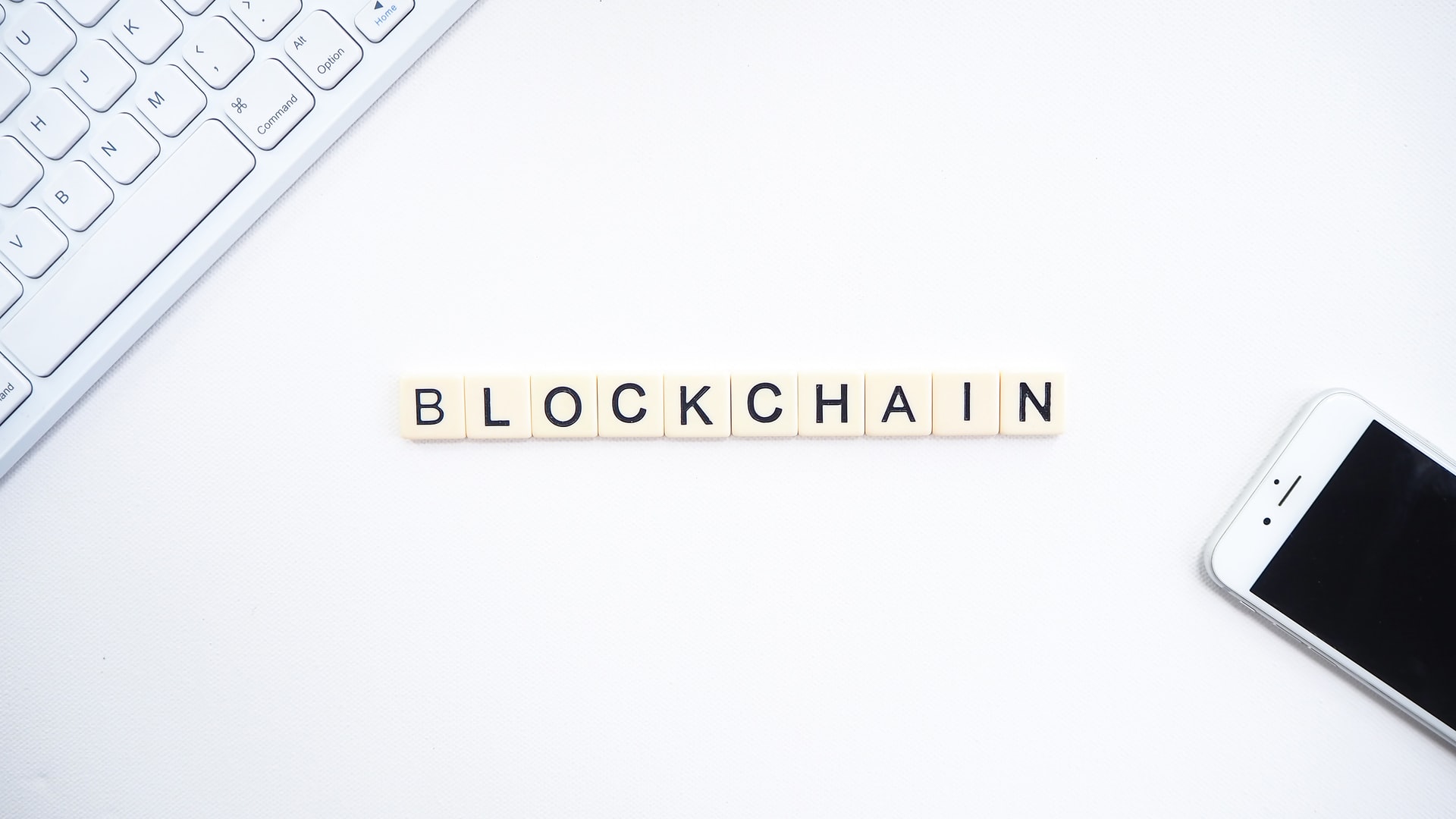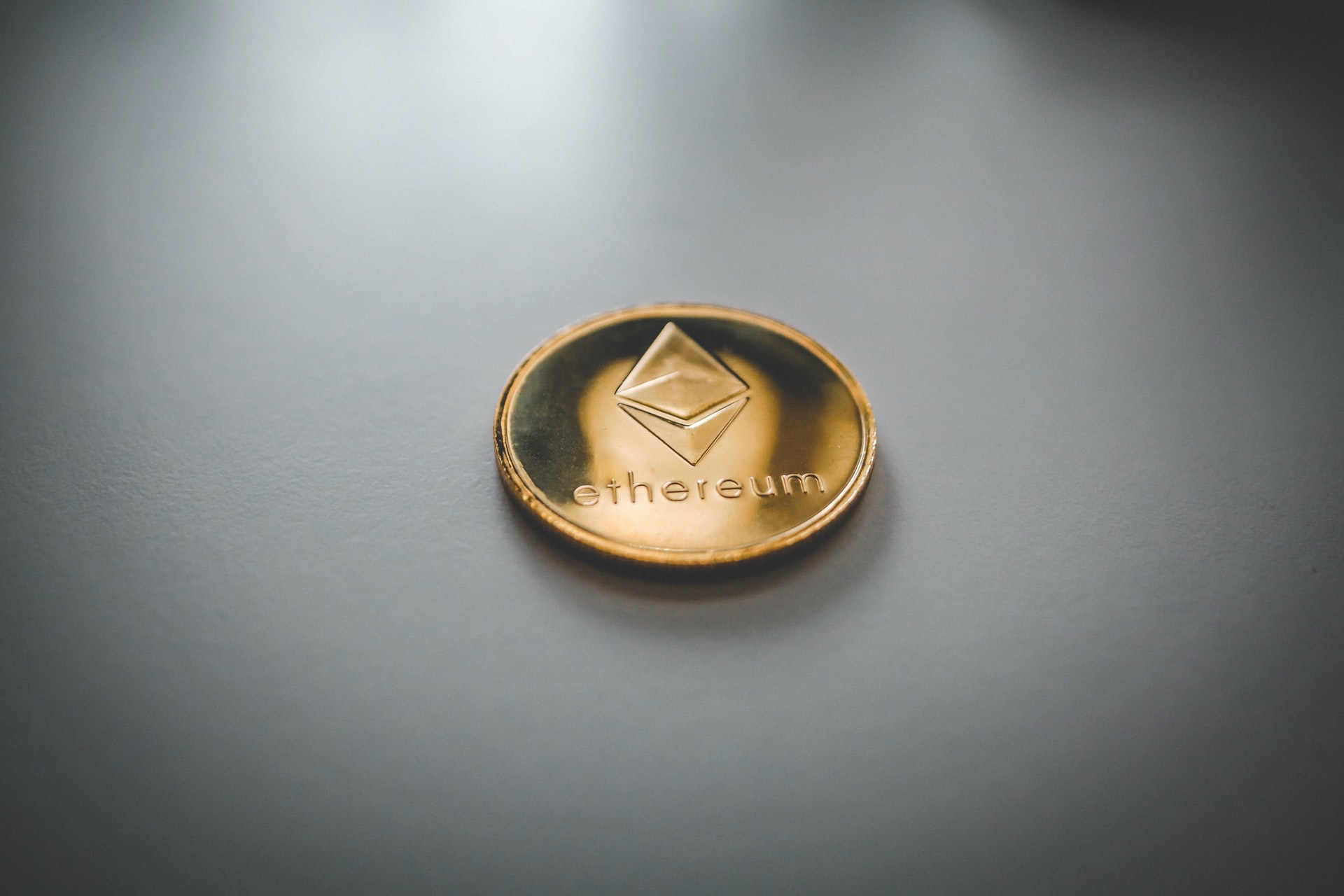NFTs: A Revolution for Digital Artists
Since the internet revolution, a transition is happening in humankind from the physical to the digital in many realms, including the world of art. Digital art is nothing new, it’s another medium with a contingent of famous digital artists, alongside physical and three-dimensional works. But with the advent of “Non-Fungible Tokens” (NFTs) just a few years ago, digital art went on a revolutionary tangent.
What is Blockchain?

Credit: Unsplash
Before diving into NFTs, and how they are used by digital artists, you must understand blockchain. At its essence, blockchain is a digital record-keeping system that can store many different types of data, depending on what it is used for. Data is stored in “blocks” that are chained together. New data is entered into a fresh block, and when that block is full of data, it is chained onto a previous block. The data is chained in chronological order and time stamped. This chaining process happens ad infinitum.
Once data is entered into a blockchain, you cannot take it back, it is permanent and unalterable. All transactions can be seen by anyone. Blockchains are decentralized, meaning that control of it is not possessed by a single person or group. Blockchain has really taken off as a record-keeping system for cryptocurrency, and its very structure makes it immensely difficult to hack.
In a nutshell, here’s how a Bitcoin transaction happens: the new transaction is submitted, then sent to a worldwide peer-to-peer computer network to be validated by a computer network via the solving of mathematical equations. Once the legitimacy of a transaction is confirmed, the clustered blocks of data are created, then chained together, adding to the permanent chronological transaction record.
What are NFTs?

NFTs use blockchain, but not in the same way as cryptocurrency. It’s in the name “Non-Fungible Token.” Cryptocurrency, and real-world paper currency is fungible, meaning the value is the same for each one—any dollar or Bitcoin is worth the same as another. So, the fungibility of cryptocurrency allows it to be used in blockchain transactions. NFTs are non-fungible, meaning they are each unique, so one cannot be exchanged for another—so the system fits in neatly with unique works created by digital artists.
The true home of NFTs is Ethereum, a blockchain with more features than a cryptocurrency blockchain. Significantly, Ethereum has “smart contract” capability, which is basically a digital version of a legal document which can contain certain conditions for the piece, like percentage of royalties. The platform allows either physical or digital objects to be in a token form. Tokenized digital artwork, in the form of NFTs, being bought using cryptocurrency, has become a very big deal indeed. And the authentication is built in when the NFT is created (“minted”). Instead of a physical work of art, you get a computer file and sole ownership—NFTs can only be owned by one person at a time.
Using NFTs and blockchain is bringing about a profound change for visual artists. They can sell their artwork directly to buyers instead of having to depend on a third party like a gallery. NFTs allow artists to obtain increased profits, plus royalty conditions can be programmed into the NFT, so artists can get a percentage if the work is sold to a new owner. This new avenue for royalties is something that doesn’t happen with conventional art—usually once you make that initial sale, your monetary connection to the work is severed.
Some NFTs are released in “drops,” especially those that may have high demand. Enthusiastic buyers are ready to pounce the moment the drop begins.
Purchasing an NFT
There are a few steps to take before diving into the world of NFT purchasing and ownership. First you need a digital wallet containing cryptocurrency. The NFT provider can let you know which cryptocurrencies are accepted. Once you’ve acquired the cryptocurrency at the exchange with a credit card (note that fees usually apply), it can be transferred to the digital wallet.
The NFT world is now your oyster, but before you make a formal transaction, do your research and make sure you’re not in a fraudulent situation. Also note that, like the stock market, values fluctuate, and capital gains taxes can apply.
Nifty Gateway is a popular platform for NFT drops, and takes care of much of the nuts-and-bolts, things like “gas fees” (miners use “gas” to process transactions), setting up a wallet, and providing a convenient way for the buyer to make a purchase.
Expanded Possibilities with NFTs
And since NFTs are digital, you’re not limited to such standard display options as framed canvases hung on walls. Art shown via a projector or TV screen can be changed with the press of a button, or even automatically cycling through a series of works. As the NFT community grows, things are changing to “proof-of-stake,” which is just a validation of transactions, which will save massive amounts of energy.
An Inside Look at the World of NFTs
Miami has become an epicenter in the world of blockchain, cryptocurrency, and NFTs, so there is a broad range of experts keeping their finger on the pulse of this phenomenon. Some of these specialists conducted a panel discussion called “NFTs The New Frontier,” in April at WYN 317 Gallery in Miami. Each facet of the NFT world was discussed, as well as its evolution and future.
Panelists included Ivan Roque, a Miami-based visual artist and curator of WYN 317; Dunny, an experienced art collector who just recently made the jump into NFTs; Gabriel Gimenez, another Miami-based visual artist who has worked for an array of international companies; Katie Kansas, an expert in the event and costume industry, most known for her work as Entertainment Director with the Ultra Music Festival; and Kerry McLaney, a gallerist, and Founder and Creative Director of 305 Creative in Miami.
NFTs can change in ways not possible with traditional art, such as a “generative” work that changes when an event happens. This was demonstrated by Beeple, who is among the more famous digital artists working today. His 2020 U.S. election-inspired image as auctioned was of Donald Trump and Joe Biden fighting. Once the election was decided, the NFT changed to represent Biden’s win.
A variation can be seen with Gimenez’s February NFT drop. He depicted a boxing match between Andy Warhol and Jean-Michel Basquiat, who he called “two of the great artists of art history.” Each part of the seven NFT drops was a round in the boxing match, and at the end, they knock each other out, which, as Gimenez said, “symbolized the impact that both of them have had,” adding, “in essence, they both won.” And within the art’s digital background data, it is decreed that if you collect all seven, you get a physical canvas.
The power you get in the direction of your visual arts career when using NFT-type blockchain, means you control the entire art-making process from initial creation to the marketing and selling of a work of art. And according to the experts gathered at WYN 317, the effects of this freedom will definitely be noticeable.
Roque declared, “for the first time ever, digital artists have a voice and a platform that they can truly call their own.”
“The whole NFT system…[eliminates] the need for gallerists and agents,” McLaney said. The result? McLaney predicted that, “the whole entire art market is about to be disrupted. The gallerists are freaking out, the museums are freaking out, everybody’s freaking out.”
Kansas added, “I think art galleries, record labels, anything along these lines, where the artist has been repressed, and taken advantage of, and not given a proper platform, is going to end up disrupted…[giving] the power back to the people, that’s what we’re here to do.”
Dunny believes there’s no turning back, and said, “I think now at this point, the NFT and art are forever linked…at the very least…when physical art sells, there’s going to be a blockchain asset created to track the movement of that art, for the rest of its existence.”
To answer the fundamental question of just where one’s NFT investment is going, Gimenez explained, “you’re investing in those [artists’] ideas, and the longevity of those ideas.”
Supermodel and actress Kara del Toro brings a unique perspective as someone who added “NFT-based digital artist” to her CV.
Del Toro got into NFTs via her software developer boyfriend before the medium made a big splash. She then went through a span of self-education. Her experience of complete artistic control was powerful, and she stated, “I’ve been modeling for more than 10 years. I love my job and I love getting to work with creative people, but I rarely get [to have] creative direction or have control over my shoots. I wanted to do a shoot that I could conceptualize and create direction on my own and do something that made me feel powerful and beautiful. Models rarely own their images, so it was cool to create something of my own that I could give someone else the chance to have ownership of.”
She called the experience “fairly straightforward,” it went from concept to photo shoot, then editing, then the addition of digital graphics. Then she went on OpenSea and minted the token. Del Toro is excited about the future of NFTs, and said, “who knows maybe we’ll be buying houses as NFTs?”
Whether you are an NFT-oriented investor or have an ambition to be one of those famous digital artists in the medium, it is clear that we’re at the very beginning stages of the platform’s evolution. As McLaney said of this era, “We’re in cave paintings.” Dunny added, “artists are going to keep finding ways to build on it, and keep creating and coming up with things that we probably can’t even think of now.”
Who knows what lies ahead?
After reading this blog post are you inspired to make some art? Make sure to shop the set below for your creation.
















